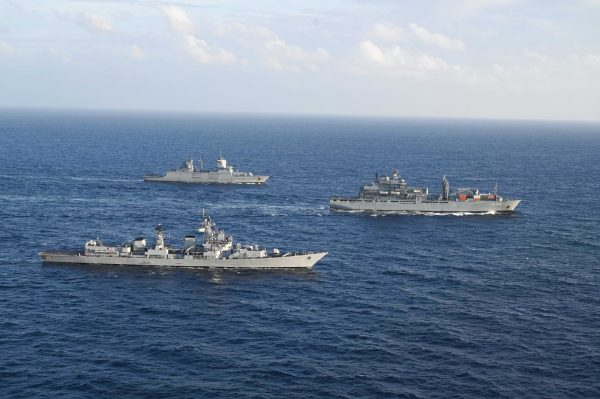
The sail of three Russian Pacific Fleet ships out of Vladivostok this week a Udaloy-class frigate modernized, a Project 20385 corvette, and a Soviet-tanker can look puny alongside U.S. carrier battle groups. But the deployment serves to underscore Moscow’s determination to maintain its presence as an active naval player in the Indo-Pacific, even with its forces stretched hard in Ukraine. The deployment’s unstated length and schedules indicate a larger plan: blending exercises with port stops to demonstrate reach, reassure allies, and remind potential foes that Russia’s Far Eastern Fleet is active.
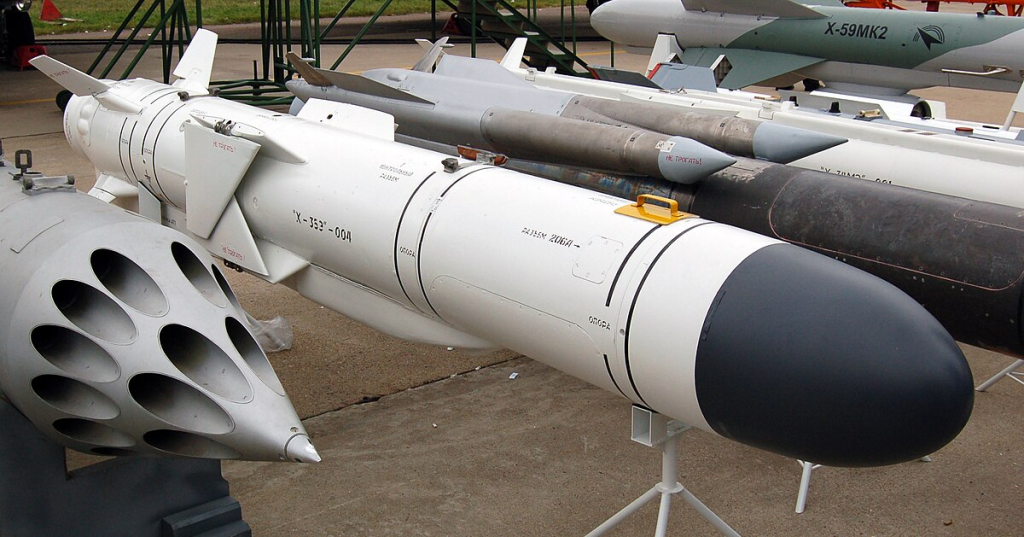
1. The Leaders of the Deployment
The leader of this deployment, the Marshal Shaposhnikov, is an Udaloy-class guided-missile frigate commissioned originally in the 1980s. Intended for antishipping combat, the class displaces more than 8,000 tons fully loaded and is 536 feet long, with a top speed of 29 knots. After modernization over a five-year period, the Shaposhnikov now has 8 Kh-35 Uran antiship missiles and 16 vertical-launch containers for Kalibr cruise missiles in place of older URK-5 systems.
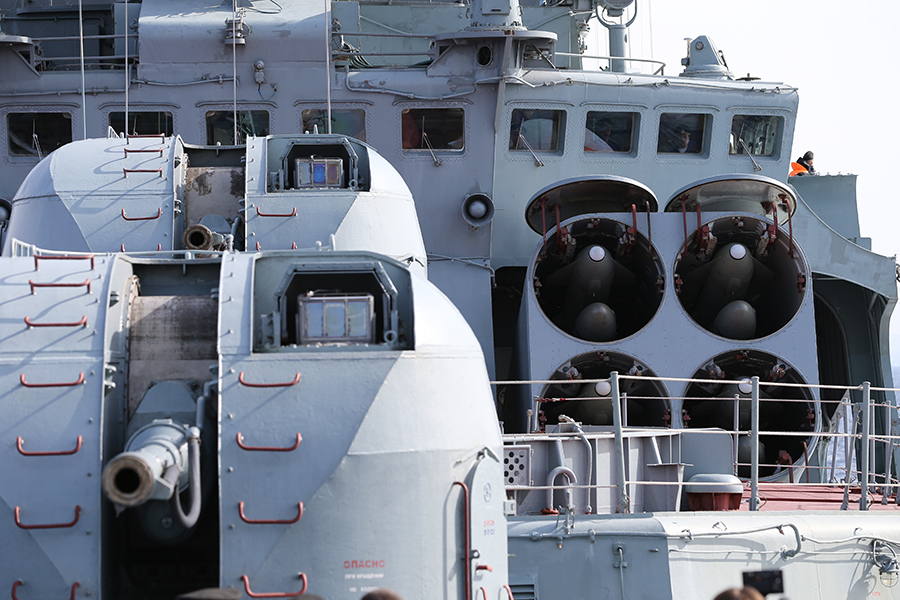
These additions provide it with legitimate land-attack and surface-attack capabilities lacking in its original fitout. Alongside it is the Gremyashchy, the first ship of the Project 20385 corvettes, which is streamlined for multirole operations with shaping for stealth, Redut air-defense systems, and Kalibr strike missiles. The Boris Butoma tanker, launched in 1978, has logistical staying power to support extended operations.
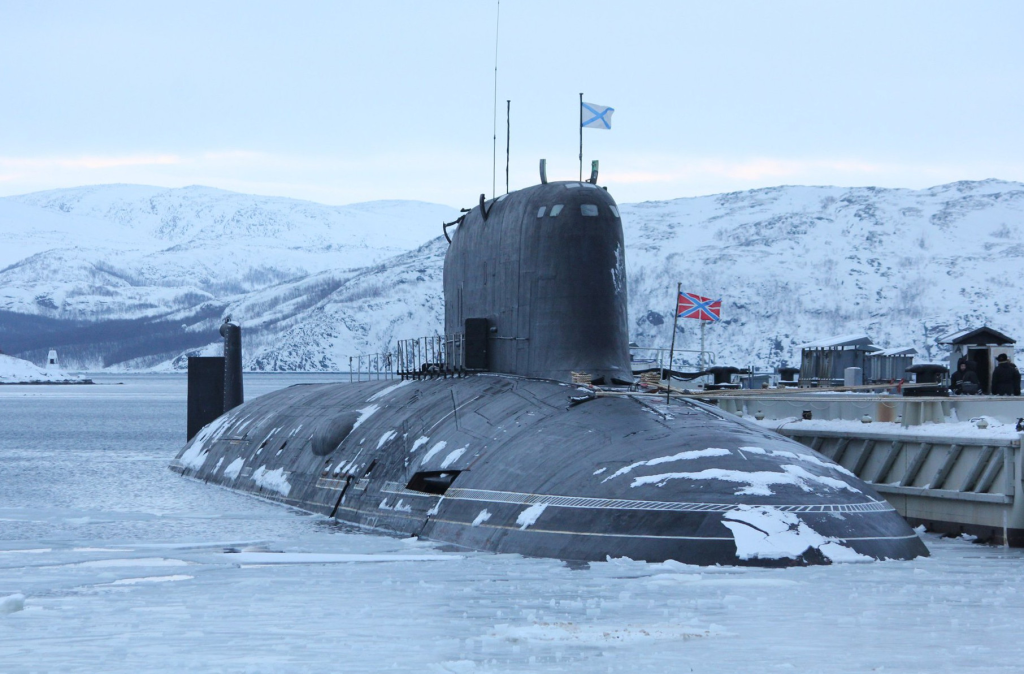
2. The Strategic Weight of the Pacific Fleet
The Pacific Fleet is Russia’s second most powerful naval force behind the Northern Fleet, comprising about 65 surface warships and two dozen submarines, including Borei-class SSBNs and Yasen-class SSGNs. Analysts point out that although smaller than China’s fleet estimated at 340 ships and expanding the force’s nuclear-powered subs are “much quieter than the Chinese” and would “cause a lot of trouble behind the lines” for American troops, according to retired Navy Capt. Thomas Shugart. Its operational zone stretches from the Pacific to the Indian Ocean and positions it as a possible force multiplier for China in a combined maritime crisis.
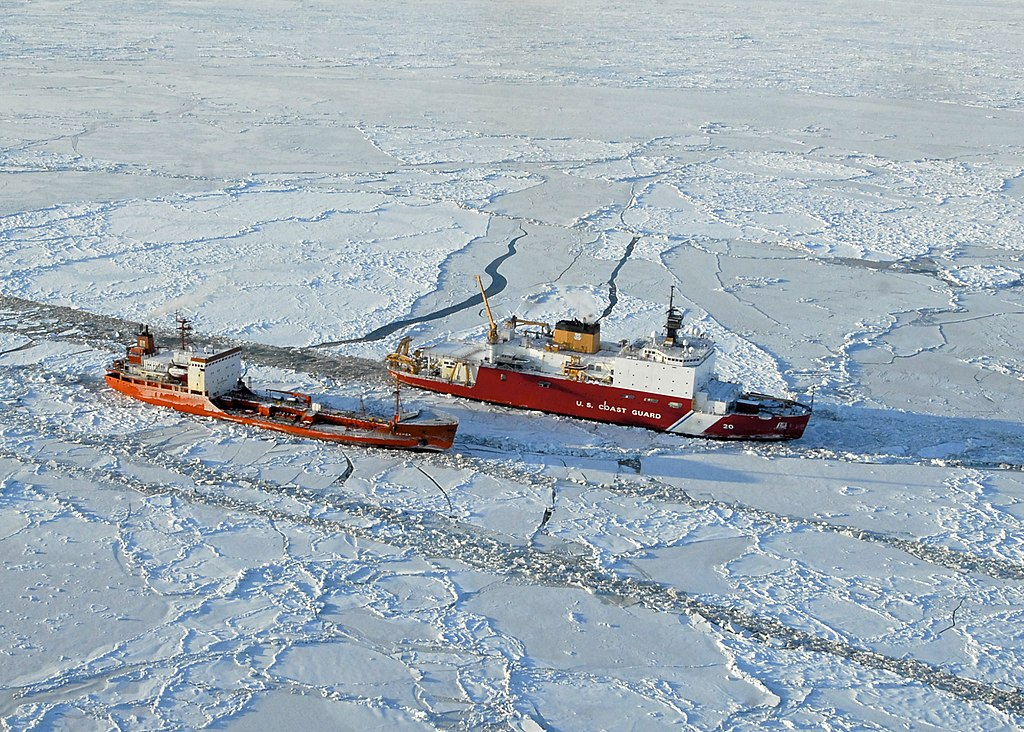
3. Modernization and Operating Challenges
Moscow has since 2008 invested in modernizing aged ballistic missile submarines, deploying Borei-class boats to the Pacific and upgrading surface warships such as the Shaposhnikov. Still, infrastructure is a limiting factor: Vladivostok, the home port of the fleet, ice over in winter and only opens with the help of icebreakers. Climate change is reshuffling this balance. The Arctic’s more extensive periods of ice-free conditions extend windows for submarine patrols but also diminish the covering ice that previously screened SSBN operations, placing higher demands on aerial and surface escorts.
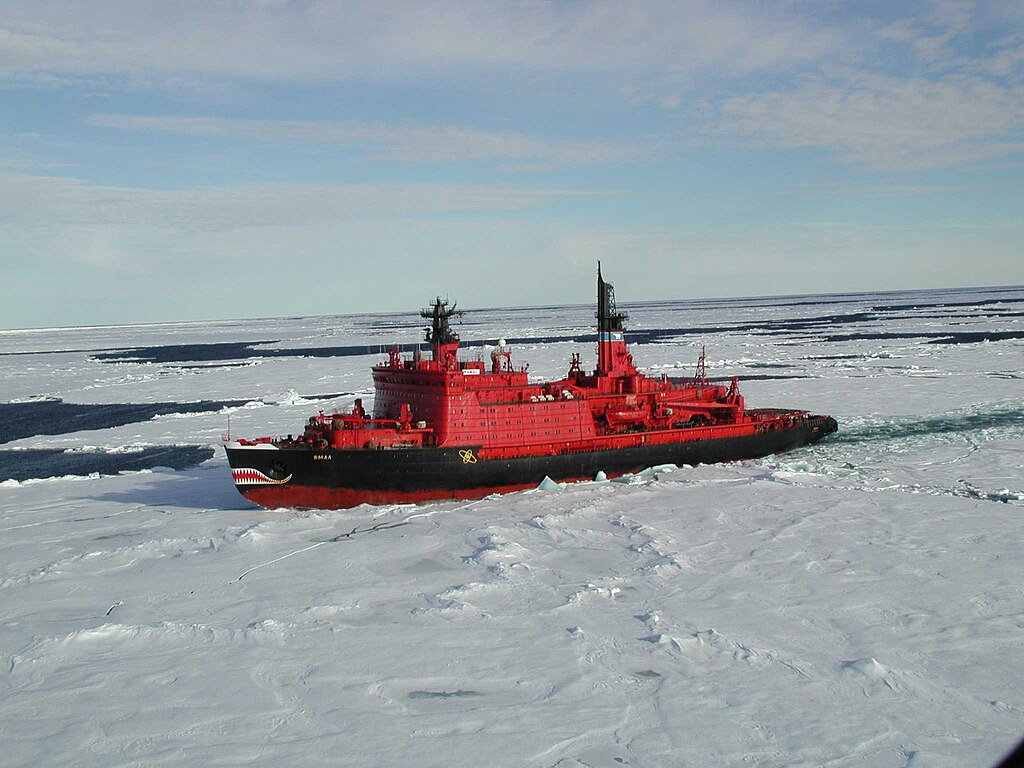
4. Arctic Dynamics and Indo-Pacific Linkages
The Pacific Fleet’s mission is inextricably linked to Arctic strategy. Thawing ice is opening the Northern Sea Route (NSR), a 3,500-mile passage from the Bering Strait to the Kara Gate. Russia asserts it as internal waters, a view that the U.S. rejects. The NSR might reduce Asia-Europe transport times and yield up to $160 billion in transit earnings over ten years. The fleet’s Arctic-capable assets, coupled with China’s expanding polar presence including cooperative Bering Sea patrols are interweaving northern and Pacific theaters in ways problematic for NATO and U.S. naval planning.
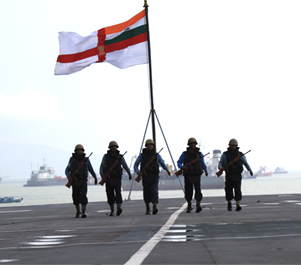
5. Geopolitical Signaling and ‘Show the Flag’ Missions
Port calls to nations like Venezuela, Cuba, India, and perhaps Southeast Asian nations have both diplomatic and deterrent purposes. These voyages fit into Moscow’s two-level approach to engagement: systemic alignment with China against the West, and regional hedging through defense relations with China’s competitors like Vietnam and India. In Southeast Asia, Russia has provided more than 25% of the region’s arms imports since 2004, and has access to Vietnam’s Cam Ranh Bay, facilitating bomber and submarine support operations.
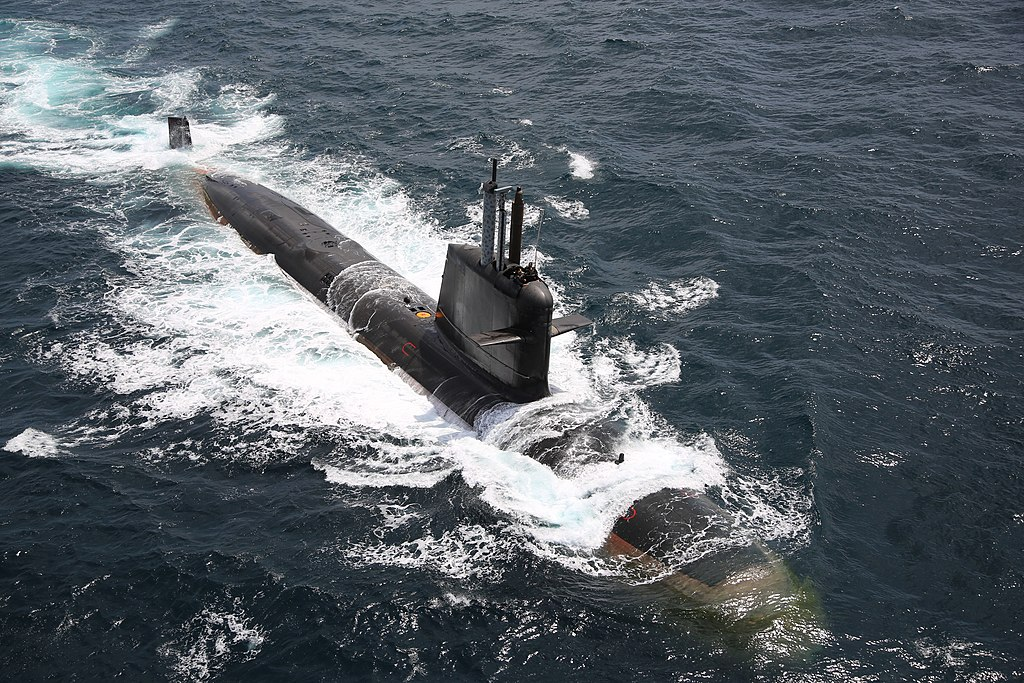
6. Integration with Chinese Naval Power
Russia and China have been running more than five combined naval exercises every year in the last few years, some of them ring-fencing Japan or sailing close to Alaska. All of these Russian nuclear-powered submarines and Chinese diesel-electric submarines, carrying anti-ship missiles, pose a layered maritime threat. As James Holmes of the U.S. Naval War College succinctly summarized, the Pacific Fleet acts as “a capable junior partner” to the PLA Navy, taking U.S. forces to great distances.
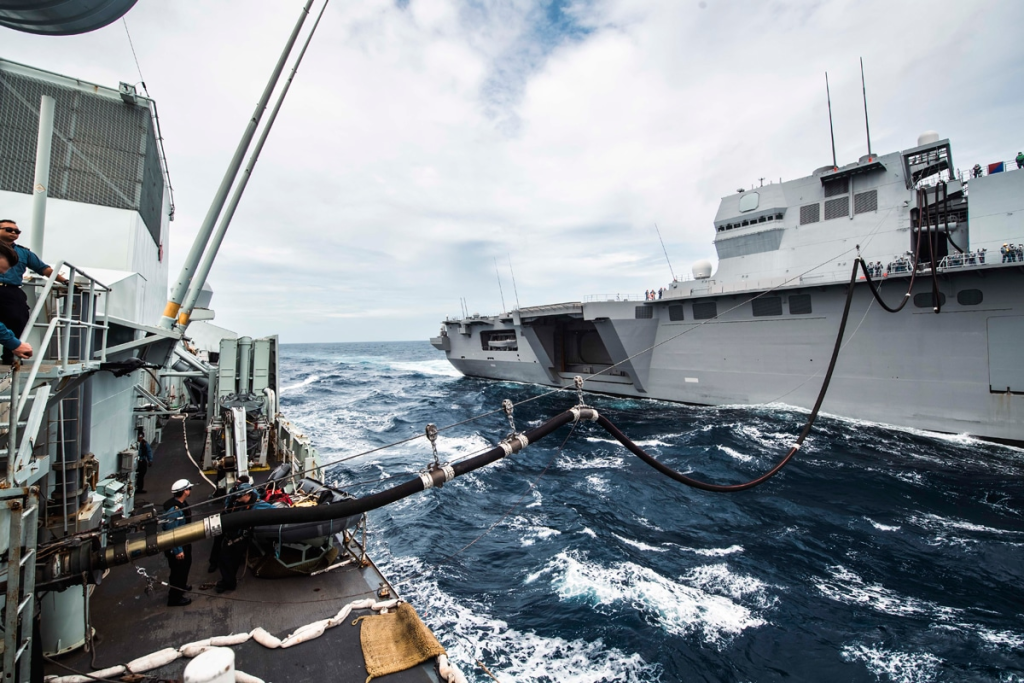
7. Long-Term Constraints and Perils
Even after modernization, the Pacific Fleet continues to be a fraction of Chinese or U.S. naval power. Maintaining big surface warships away from home is problematic, as indicated by the return of the Varyag from the Mediterranean because of logistical constraints. The future efficacy of the fleet will depend on ongoing modernization, Arctic basing resistance under permafrost degradation, and the political balancing act of joining forces with China while wooing its regional rivals.
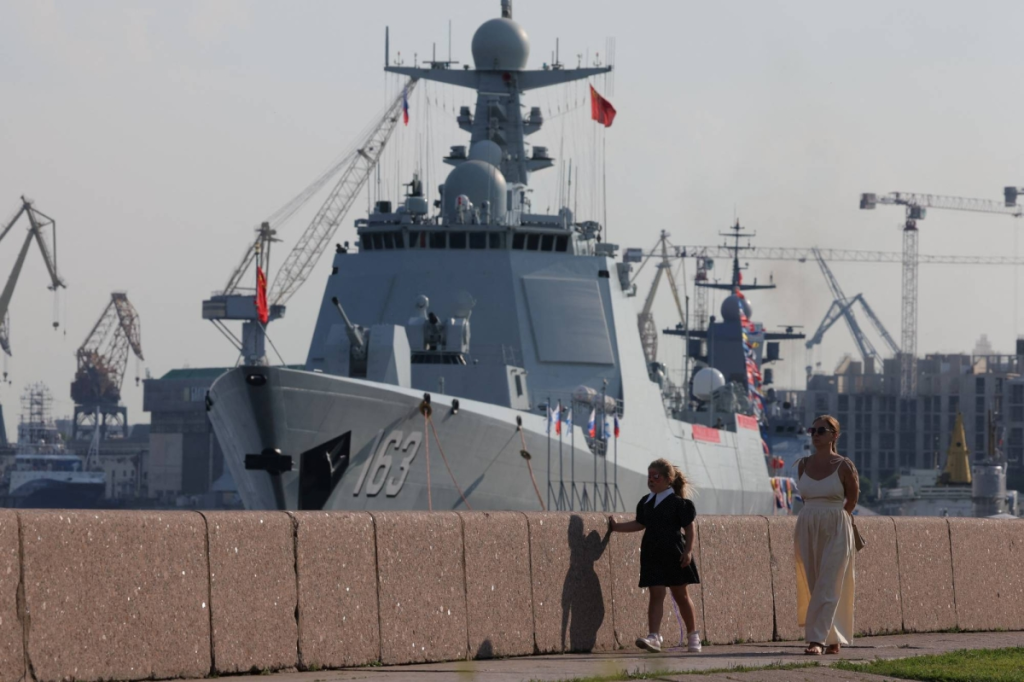
Moscow’s newest deployment is less about the sheer tonnage of metal at sea than the strategic web that it is spinning from Arctic shipping routes to Indo-Pacific port calls pointing to the fact that even during an age of economic austerity and extended land war, Russia is determined to be a naval presence on the world’s most contested seas.

